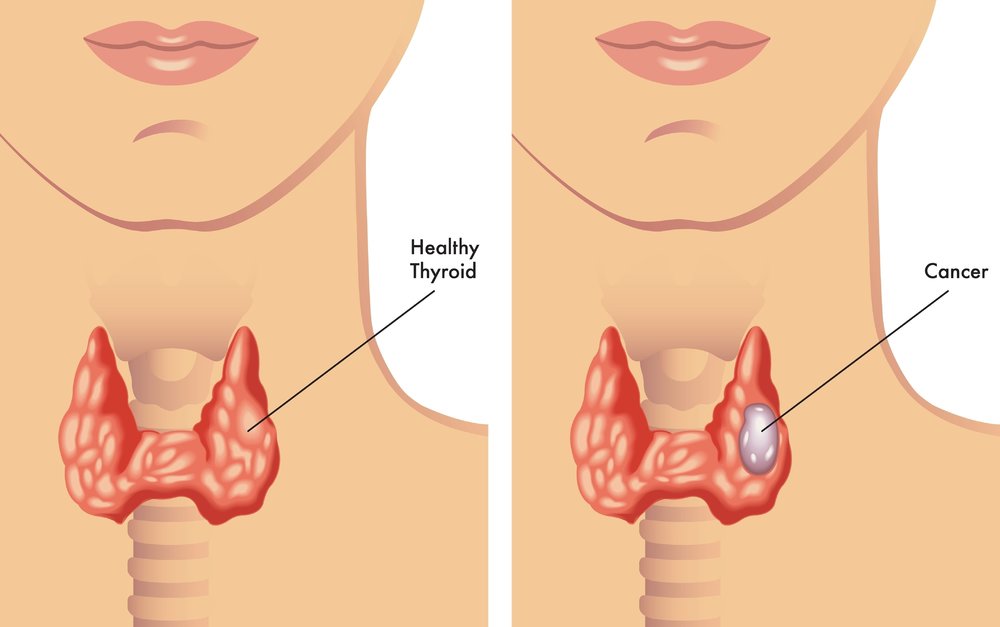What is the Thyroid?
The thyroid is a butterfly-shaped, endocrine gland in the lower anterior neck that produces thyroid hormone. The “wings” of the butterfly are called lobes, and you have a right and left lobe. The “body” of the butterfly is called the isthmus that crosses the trachea or windpipe. It sits in the front of the neck, below the voice box and above the sternum. The normal size of each lobe is about the size of your thumb (about 4.5 x 1.5 x 1.2 cm).

How it Works
Endocrine glands secrete hormones into the blood stream that have effect all over the body. Thyroid hormone is made by the thyroid gland and acts like the body’s thermostat as it controls metabolism, energy usage, and protein production.
It is in 2 forms, triiodothyronine (T3) and thyroxine (T4). Most of the hormone on the body is T4, but T3 is more active. These can be measured, but the most useful test of thyroid function is the level of thyroid stimulating hormone (TSH). This is released by the pituitary gland and makes the thyroid gland secrete more thyroid hormone.
If the brain and thyroid feel that you need more thyroid hormone, the TSH is released, then the thyroid creates more thyroid hormone, and the thyroid hormone levels go up.
So if your thyroid hormone level is low (hypothyroidism) then the TSH level is high. If the thyroid hormone level is high (hyperthyroidism) then the TSH will be low.
Problems can be caused by too little or too much thyroid hormone.
Request an Appointment
Same and next day appointments available







